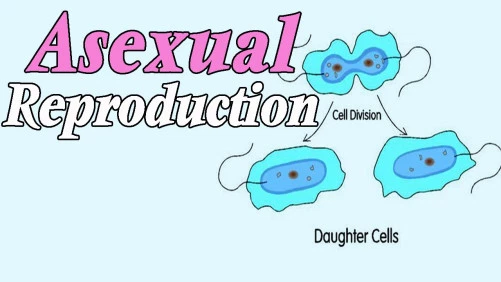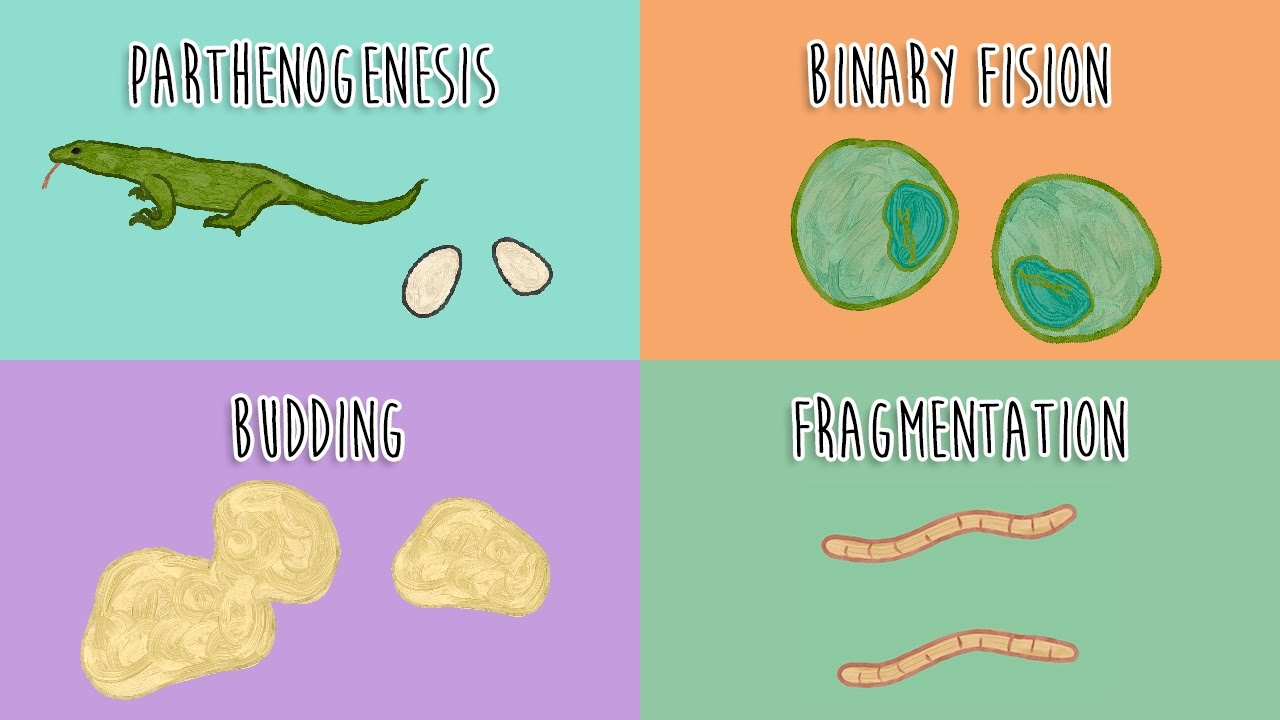It is a type of reproduction in which new offspring arise from the single organism. In this reproduction, the genes of a single parent are inherited to the new daughter organism. In this reproduction, the fusion of gametes is not involved and almost their number of chromosomes is never changed. It is the primary form of the reproduction for the organisms which are comprised of the single cells, such as bacteria and archaea. Some of the fungi and plants also reproduce asexually. Some resultant asexual cells can die at a very young age. In the asexual reproduction, organism makes more of themselves without any exchange of the genetic information with the other organism. The organism which produces asexually can suffer from the lack of genetic diversity, but they reproduce at the faster rates as compare to the sexually reproducing organisms.

Types of Asexual Reproduction
The organisms can be reproduced asexually by the many different ways such as binary fission, budding, vegetative propagation, sporogenesis, fragmentation, and agamenogenesis. Any process in which organisms reproduce without the involvement of syngamy or meiosis is known as vegetative or asexual reproduction. Some species of the plants grow by the separation of their parts from the original parts of the plants. When a division or the fragmentation occurs, the new offspring is produced by the breaking up of the single part of the plant. The plantation of the parts of the potato tuber can produce the new potatoes having the same genetic makeup. There are some special dispersal structures, such as a hood, mini-adults, and capsules which aid the plants for the asexual reproduction. In some plants, a way has been developed for the production of seeds without the fertilization of flowers. In the apomixis, there is the creation of an embryo from a diploid cell in the ovule. Later on, this ovule is matured into the seeds.

Advantages of Asexual Reproduction
- Asexual reproduction has some advantages which are listed below.
- There is a rapid growth of the population.
- There is no requirement of a mate to produce the new organisms.
- The investment of the resources is much lower.
Disadvantages of Asexual Reproduction
One of the major disadvantages of asexual reproduction is the lack of diversity. It happens due to the reason that the organism which reproduces asexually is identical in genetic terms except for some rare mutants, so they are all susceptible to the same nutritional deficiencies, same diseases, and other kinds of environmental stresses.